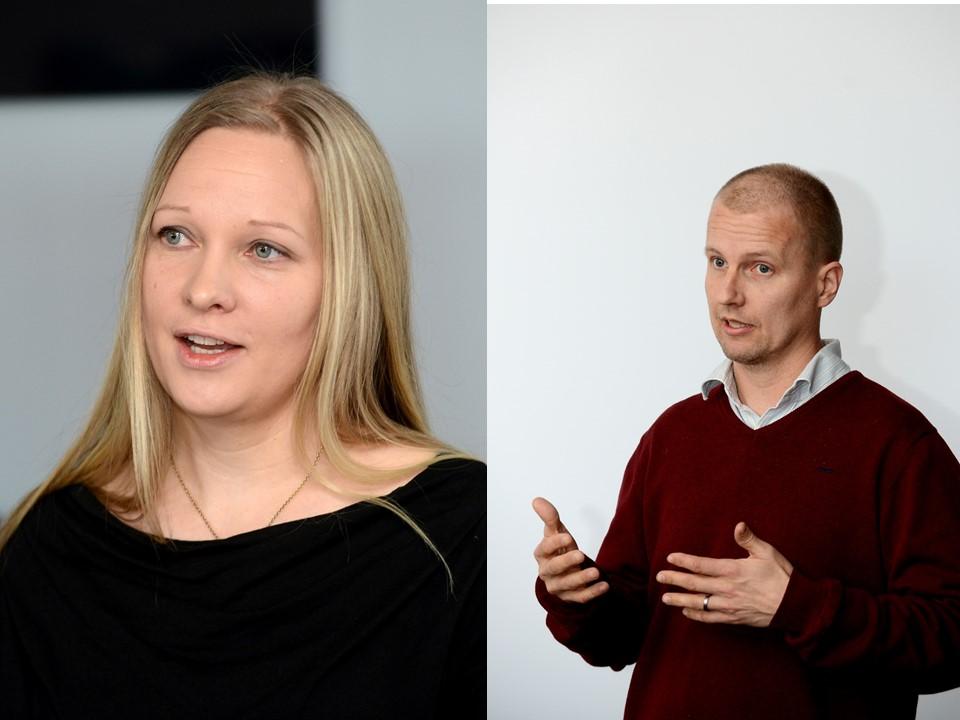“Finland has a long tradition of inland water system rehabilitation with measures such as fish stock management. Optimally, correctly targeted water system measures support actions that reduce the load from land areas, and promote the improvement of the waterways’ status. Currently, almost 700 tonnes of phosphorus are removed annually from freshwaters and the Baltic Sea through domestic fishing: this exceeds the total combined annual phosphorus loads from municipal wastewaters, industry, and dispersed residential areas.”
In the past decades, all countries surrounding the Baltic Sea have managed to significantly curb the nutrient loads that cause eutrophication in the Baltic Sea, especially through improving the efficiency of treating wastewaters that originate in cities. However, reducing the nutrient load from non-point sources has turned out to be a problem that is maddeningly difficult to solve. In areas where the load originates in agriculture, the problem intensifies. Our water protection toolkit is desperately short of cost-efficient measures, particularly ones that would decrease loads of soluble phosphorus from non-point sources. Soluble phosphorus is an exceptionally potent accelerator of algae production, and the problem is not one faced by the Baltic Sea only: one of the more alarming examples from around the world is Lake Erie, where toxins from massive blooms of blue-green algae have at times prevented large cities from receiving raw water.
The main goal of eutrophication prevention is to keep surplus nutrients away from surface waters. The main basin of the Baltic Sea, however, releases phosphorus from its oxygen-depleted seabed in quantities that far exceed the external nutrient load. This is why, in addition to reducing the load originating in land areas, it makes sense to consider complementary measures that can remove nutrients from the sea, or prevent their release from the seabed sediments back to algae use.
Our western neighbour, in particular, has taken the initiative and developed innovative methods for phosphorus recovery and internal load prevention, ranging from using mussels to filter nutrients, pumping oxygen-rich water to the vicinity of seabed sediments in bad condition, using chemical compounds to retain phosphorus, etc. What these measures have in common is their for the time being unknown efficiency, cost, and applicability in changing environments and scales.
Old tricks, too, have the potential to match a bagful of new ones. Finland has a long tradition of inland water system rehabilitation with measures such as fish stock management. Optimally, correctly targeted water system measures support actions that reduce the load from land areas, and promote the improvement of the waterways’ status. Currently, almost 700 tonnes of phosphorus are removed annually from freshwaters and the Baltic Sea through domestic fishing: this exceeds the total combined annual phosphorus loads from municipal wastewaters, industry, and dispersed residential areas.
As Finnish consumer habits change, fishing pressure in the past decades has increasingly impacted predatory fish; moreover, eutrophication of the sea has favoured growing stocks of cyprinid fish. Professional fishing in the coastal areas has also been challenged by increasing volumes of nature tourism, and the co-existence of the various waterway user groups has not always been peaceful. Demand for domestic fish is increasing, but how can we increase supply in ways that are sustainable? Can the sea accommodate everyone? Conflicts could be prevented by openness between stakeholders as well as establishing dialogue between the users of the waterways through, for example, cooperation groups. Adjusting to changing circumstances and new fishing practices, such as, for example, regulated fish stock management, could provide the means to increase domestic fish supply while at the same time improving the profitability of coastal fishing. If fishing is increased in a way that targets cyprinid fish, we could recycle a significantly larger volume of nutrients from the waterways for further utilization. Implemented in the long run, fishing pressure on various fish species would also balance out the structure of the fish stock. With sustainable implementation, fishing can be a cost-efficient and practical way to remove nutrients from aquatic environments.
If a fish that is caught could be utilized in its entirety in human consumption, this traditional livelihood would be a great representative of today’s circular economy. Unfortunately, a large share of cyprinid fish from freshwaters, fished in connection with fish stock management, ends up as animal feed or is even composted, and not utilized as raw material for the food industry. If the demand for domestic cyprinid fish would rise, the market value of the catch would also rise, resulting in increased fishing of cyprinid fish as a consequence of the market mechanism. In the past decades, however, Finns have become unaccustomed to eating domestic cyprinid fish. Demand and supply go hand in hand, and the power of the consumer is great. This is why everyone’s choices count. If you saw a domestic bream from the Archipelago Sea reclining on the fish counter of your local supermarket, would you pick it up? How about a frozen domestic cyprinid fish patty, pre-cooked and ready for heating up? Today could be a fish day!
Antti Iho
Principal Research Scientist at Natural Resources Institute Finland (Luke)
Miina Mäki
Hydrobiologist,
Project Manager at the John Nurminen Foundation
Photo: Tero Pajukallio.
An abbreviated version of this article was first published in Turun Sanomat on March 6, 2017.

